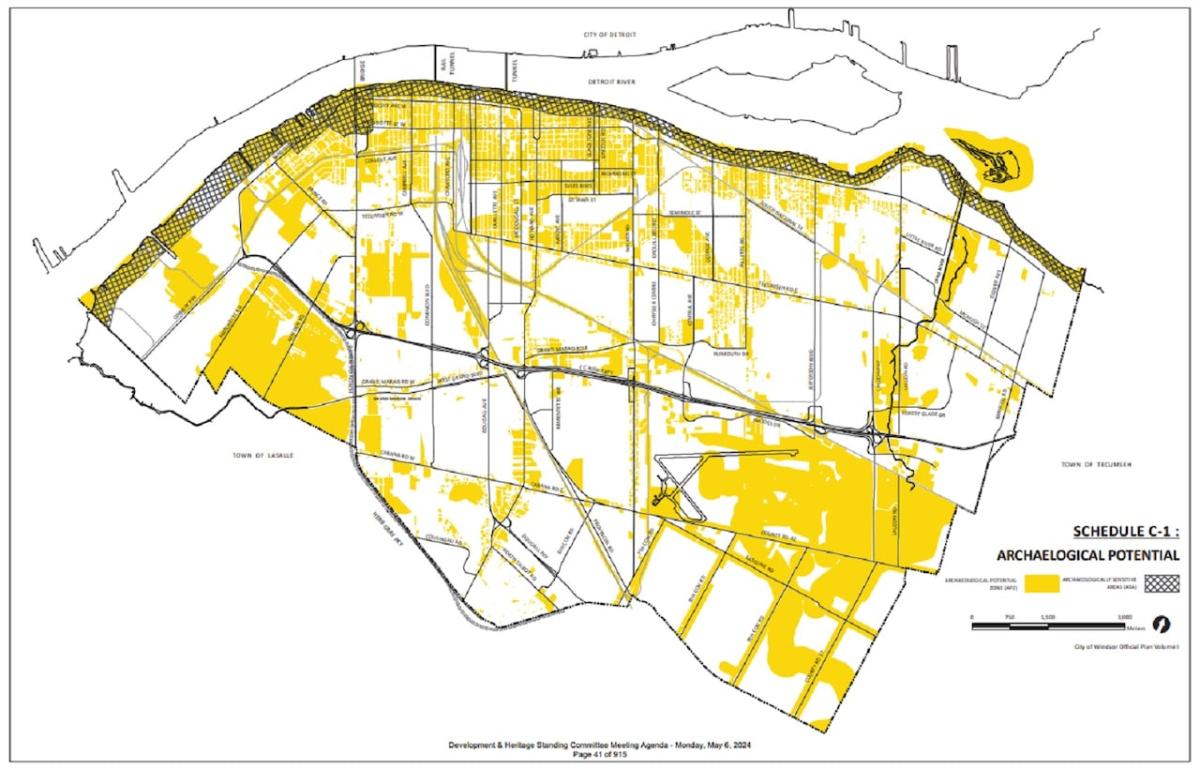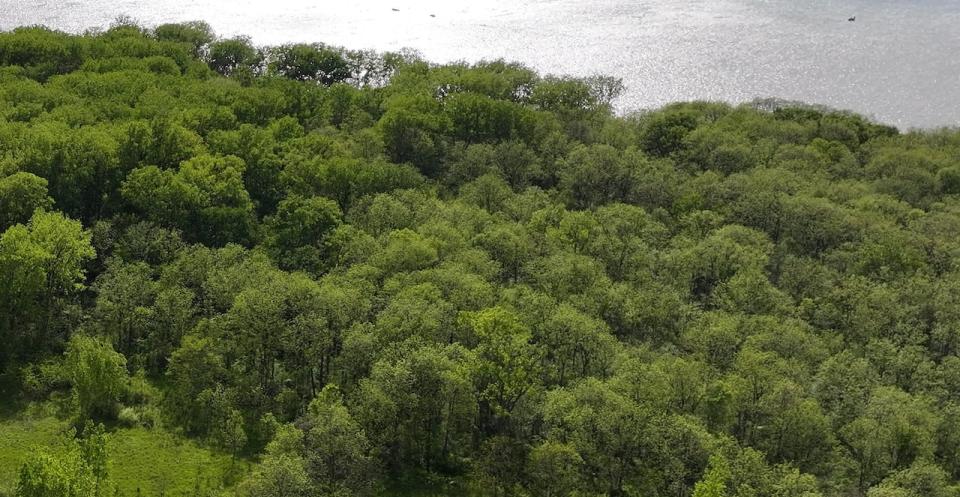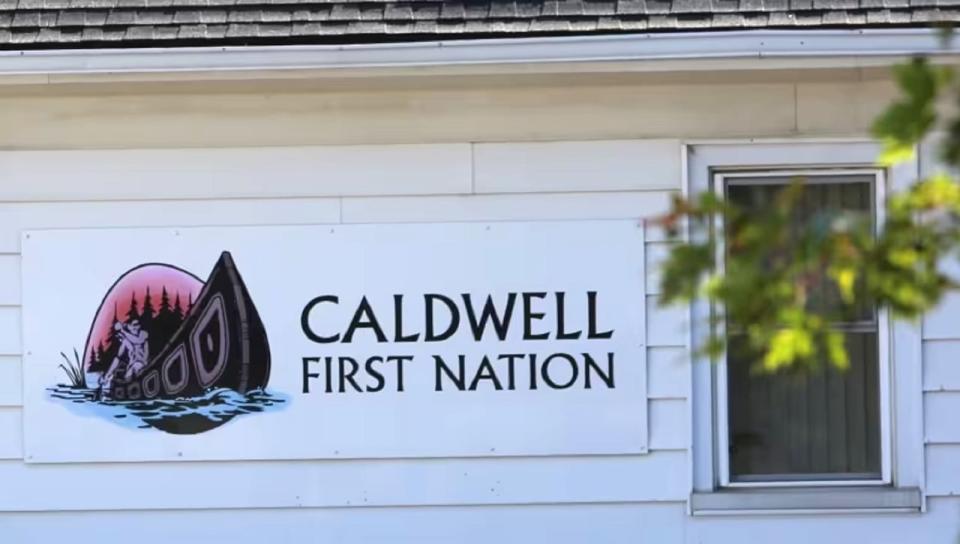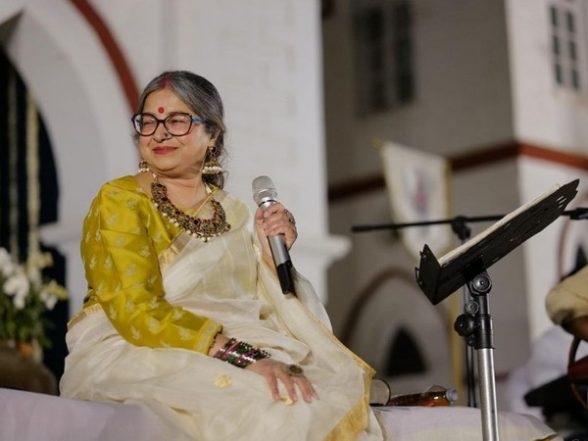Windsor’s archaeological management plan lacks potentially valuable sites, says Caldwell First Nation

After consultations with more than a dozen Indigenous communities, the City of Windsor is updating its Archaeology Management Plan, which includes, among other things, an inventory of potentially significant sites.
However, Caldwell First Nation representatives say the revised plan still lacks some sites that could be of great significance to their pre-colonial culture and history.
“The consequences of continuing with the plan in its current form could jeopardize valuable archaeological finds,” argued Natalya Garrod, a planning consultant hired by the Caldwell First Nation, before the city’s Standing Committee on Development and Heritage on Monday.
According to Garrod, there are sites throughout the community – currently not mentioned in any official document by the City of Windsor – that are known to have been used by members of the Caldwell community for “traditional harvest rituals, ancient burial mounds, trading posts, birthing sites, Aboriginal slave houses, ceremonial sites and much more.”


The archaeological potential of the areas around local waterways is particularly under-appreciated, Garrod said. “The individual sites are viewed in isolation from one another. When the First Nations landed in certain places, they did not stop at specific property boundaries.”
“At that time, there were no property boundaries and the mapping did not take into account the connectivity of such sites – such as along Turkey Creek.”


There are sections along the river bank near the proposed Ojibway National Urban Park that are exempt from the plan, Garrod said. “However, it is known that the (First) Nations traveled along the waterways and that archaeological sites extend along the entire shoreline – not just certain stretches of shoreline.”
Zack Hamm, an archaeologist and environmental and advisory manager for the Caldwell First Nation, said the potential significance of some sites has only become clear in the past two years and could deepen in the future.
“There is currently no procedure to deal with this,” Hamm told the committee.
Part of the problem, Hamm said, is the cost associated with investigating such sites. Ongoing consultations are expensive, and the Caldwell First Nation has limited resources.
“This requires highly specialized experts to interpret the ground-penetrating radar scans,” Hamm noted. “It also requires highly specialized machinery.”
Garrod said ground-penetrating radar scans for a single site can cost up to $50,000 — the entire amount the city allocates annually to updating the Archaeological Management Plan.
Committee member and Ward 1 councillor Fred Francis said he heard of such concerns from the Caldwell First Nation for the first time at Monday’s meeting. “I’m excited to hear more,” he said.


At Francis’s request, the committee approved the revised Archaeology Management Plan with the amendment that the municipality should meet with representatives of the Caldwell First Nation and submit a report when the plan is presented to council this summer.
Michael Cooke, the city’s planning policy manager, welcomed the request but noted that some of the site-specific information discussed with Caldwell First Nation would not be disclosed in the supplementary report.
“This is to ensure that there is no vandalism or other disrespectful acts,” Cooke told the committee. “This is also in line with Caldwell’s wishes.”
Jim Morrison, 10th District City Councilman and chairman of the committee, said the Archaeological Management Plan is a “living document.”
“It’s not as if this is the end of the consultation,” Morrison said. “In two years’ time, this will not be the end of the consultation.”



